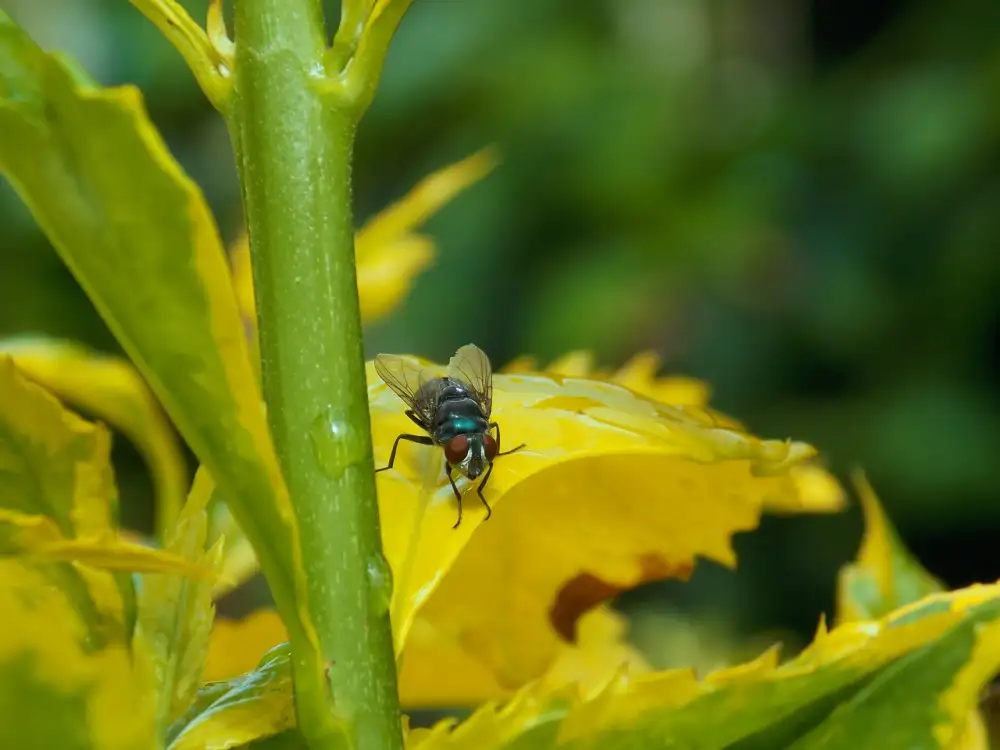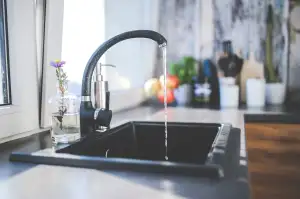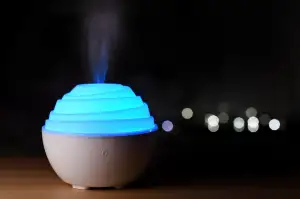DIY Fruit Fly Trap: Banish Pesky Pests with This Simple Guide!

Fruit flies, scientifically known as Drosophila melanogaster, are tiny insects that are commonly found in homes, particularly around ripe or rotting fruits and vegetables. These pests are attracted to the fermentation process of decaying organic matter, making them a nuisance in kitchens and pantries. Fruit flies reproduce quickly, with females laying up to 500 eggs near food sources. Their presence not only poses a hygiene concern but can also contaminate food surfaces with bacteria and pathogens they carry on their bodies. It is crucial to address fruit fly infestations promptly to prevent further spread and ensure a clean living environment.
Importance of Using a Fruit Fly Trap
Fruit flies are not only a nuisance in the kitchen but can also pose health risks by contaminating food with bacteria and other pathogens they carry on their bodies. These tiny pests are attracted to ripened fruits and vegetables, as well as moist areas where they can breed rapidly. Using a fruit fly trap is crucial in controlling their population and preventing infestations. By trapping fruit flies, you can minimize the risk of food contamination and maintain a hygienic environment in your home.
DIY Fruit Fly Trap Materials Needed
To create your own DIY fruit fly trap, you will need a few simple materials that are likely already in your kitchen. The materials needed include a small jar or container, apple cider vinegar, dish soap, plastic wrap, a toothpick or fork, and some ripe fruit as bait. These items are easy to find and inexpensive, making it convenient to set up multiple traps around your home to effectively combat fruit fly infestations.
Step-by-Step Guide to Making the Trap
1. Gather your materials: You will need a small jar or cup, apple cider vinegar, dish soap, and plastic wrap.
2. Pour a small amount of apple cider vinegar into the jar. The scent will attract the fruit flies.
3. Add a few drops of dish soap to break the surface tension of the vinegar. This will cause the flies to sink and drown.
4. Cover the jar with plastic wrap and secure it with a rubber band. Poke small holes in the plastic wrap for the flies to enter.
5. Place the trap near areas where fruit flies are present, such as near fruit bowls or trash cans.
6. Check the trap regularly and replace the mixture as needed to maintain its effectiveness in trapping fruit flies.
By following these simple steps, you can effectively create a DIY fruit fly trap to help eliminate pesky pests from your home.
Placement and Maintenance Tips
When placing your DIY fruit fly trap, make sure to put it near areas where fruit flies are most active, such as near fruit bowls, garbage cans, or compost bins. Keep the trap away from food preparation areas to avoid attracting more flies. Check the trap regularly and replace the bait when needed to ensure its effectiveness. Clean the trap with warm soapy water between uses to prevent bacteria buildup and maintain its efficiency in trapping fruit flies. By following these placement and maintenance tips, you can effectively control fruit fly infestations in your home.
Natural Remedies to Prevent Fruit Flies
Natural remedies can be effective in preventing fruit flies from infesting your home. One popular method is to use essential oils such as peppermint, eucalyptus, or lavender, which are known for their insect-repelling properties. Simply mix a few drops of the oil with water in a spray bottle and mist it around areas where fruit flies may enter. Another natural remedy is to place bowls of apple cider vinegar with a few drops of dish soap near fruit fly-prone areas. The sweet scent attracts the flies, while the soap breaks the surface tension of the liquid, causing them to drown. Additionally, keeping your kitchen clean and storing ripe fruits in the refrigerator can help deter fruit flies from breeding and multiplying in your home. By incorporating these natural remedies into your routine, you can effectively prevent fruit fly infestations and enjoy a pest-free environment.
In conclusion, fruit flies can be a nuisance in our homes, especially during the warmer months when they are most active. Using a DIY fruit fly trap is an effective and environmentally friendly way to deal with these pesky pests without resorting to harmful chemicals. By following the simple guide provided and incorporating natural remedies, you can successfully eliminate fruit flies from your living spaces.
Remember, prevention is key to keeping fruit flies at bay. Regularly clean up spills, keep fruits and vegetables stored properly, and dispose of overripe produce promptly. By maintaining good hygiene practices in your kitchen and home, you can significantly reduce the likelihood of a fruit fly infestation.
So next time you spot those tiny flying insects hovering around your kitchen, don't fret! Armed with the knowledge of making your own fruit fly trap and implementing preventative measures, you can enjoy a pest-free environment while savoring the beauty of delicious creations in peace.
Published: 10. 03. 2024
Category: Home



